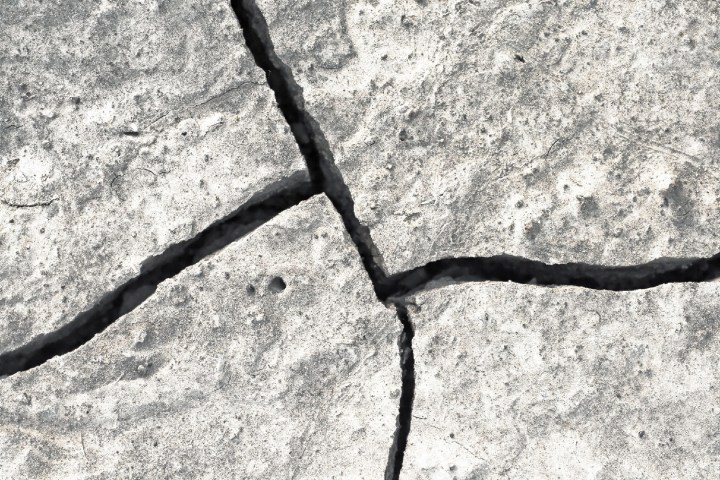
“Corrosion of steel, aka rust, is a huge problem worldwide, and costs the U.S. alone over $300 billion per year in prevention and repair,” Dr. Edward Garboczi, an NIST fellow in the applied chemicals and materials division, told Digital Trends. “This includes corrosion of pipes in a chemical plant, corrosion of steel reinforcing bars in a concrete bridge deck, corrosion of a steel bridge, corrosion of automobile bodies, and many other examples.
“When something made of steel is out in the open, it is easy to inspect for rust. But when something covers the steel — such as the concrete cover over steel reinforcing bars, or insulation wrapping cold pipes in a chemical plant — one usually doesn’t know about the existence and growth of corrosion until enough damage has been done, which is usually too late for inexpensive repair.”
The “spectral fingerprint” detection method the team has developed is described in the journal Applied Magnetic Resonance. It involves using terahertz radiation — electromagnetic waves with frequencies 10-100× higher than the microwaves found in kitchens — to uncover corrosion products early in their development. This has an important advantage over current detection methods because it looks for the actual rust compound, not just physical changes like changing thickness in steel support bars.
So what’s next for the project? Getting it to the right people to take advantage of it.
“In many cases, NIST does the basic research, and others develop our basic research into practical tools,” Garboczi continued. “We are looking for people to take our concepts, proven in the laboratory, into the field. We are also interested in extending our technique to the detection of akageneite, another iron corrosion product that is antiferromagnetic. This compound often appears in rebar corrosion in reinforced concrete that has been exposed to a source of chlorine atoms — such as seawater in underwater structures or road deicing salts on highways.”


